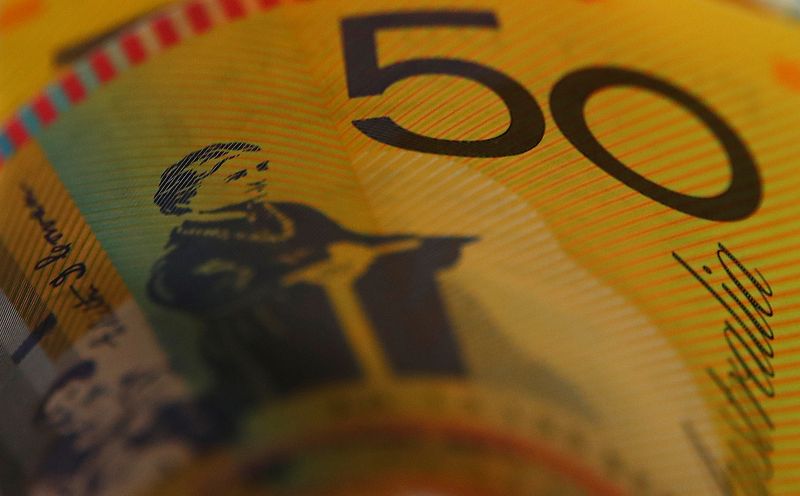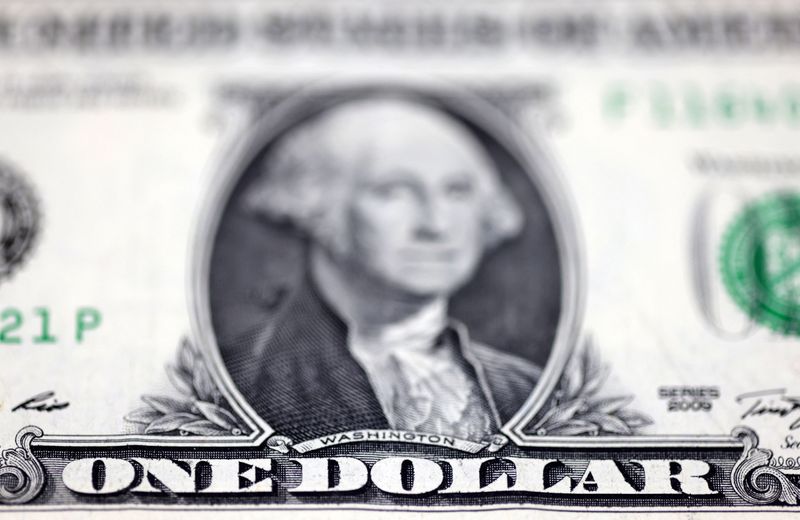Forex
British inflation sends pound briefly below $1.30, dollar firm on Fed outlook, potential Trump win

By Alun John and Kevin Buckland
LONDON/TOKYO (Reuters) -Sterling tumbled to its lowest in two months on Wednesday after softer than expected British inflation data offered scope for the Bank of England to cut rates more forcefully, while the euro was at a 10-week low ahead of a European Central Bank meeting.
The pound dropped to as low as $1.2984, dipping under the $1.30 level for the first time since Aug. 20, after data showing the rate of annual consumer price inflation dropped to 1.7% in September from 2.2% in August.
That was the lowest reading since April 2021, was under the 1.9% forecast by a Reuters poll of economists. It reinforced bets on a BoE interest rate cut next month and made a further cut in December more likely.
Sterling recovered a little ground in morning trading in Europe and was last 0.42% lower on the day at $1.3018.
“The data is unequivocally dovish for the Bank of England and paves the way for rate cuts at the two remaining meetings this year,” said Francesco Pesole FX strategist at ING.
“We think that has incidentally opened the door for a period of underperformance by sterling,” he said, adding they see the pound trading well below $1.30 and the euro above 84 pence.
The common currency was last 0.44% higher on the pound at 83.67 pence.
SOLID DOLLAR
Moves elsewhere were less dramatic but the euro was at $1.0891, steady on the day but pinned at its lowest since Aug 2, having been hurt by traders pricing out rate cuts from the Federal Reserve and including a potential election win by former President Donald Trump – seen as a dollar positive – in their thinking.
Investors will be closely watching the European Central Bank’s meeting Thursday, though if policy makers deliver the currently priced 25 basis point rate cut and President Christine Lagarde refrains from giving too many clues about the further rate outlook, the market impact could be muted.
Across the Atlantic, traders have laid 92% odds for a 25-basis-point cut when the Fed next decides policy on Nov. 7, with an 8% probability of no change, according to CME Group’s (NASDAQ:) FedWatch Tool. A month ago, traders saw greater than 29% odds of a super-sized 50-basis-point reduction.
Market pricing still strongly favours a total of 50 basis points of easing this year, but comments from central bankers overnight leaned hawkish. The Atlanta Fed’s Raphael Bostic said he pencilled in just one 25 basis-point rate reduction for this year, while the San Francisco Fed’s Mary Daly said “one or two” cuts in 2024 would be “reasonable”.
The dollar added 0.1% to 149.37 yen, not far from Monday’s high of 149.98 yen, the strongest since Aug. 1.
BOJ board member Seiji Adachi said on Wednesday the central bank must raise rates at a “very moderate” pace and avoid hiking prematurely, given uncertainties over the global economic outlook and domestic wage developments.
The Australian and New Zealand dollars sagged as scepticism widened over stimulus from top trading partner China.
The dropped as much as 0.51% to $0.6669, the lowest since Sept. 12, before recovering to $0.6684, while the sank as much as 0.69% to $0.6041, a level last seen on Aug. 19.

“There’s definitely been some building scepticism about China’s real commitment to the kind of fiscal support that would be seen as really cathartic,” and that is pulling down the Australian and New Zealand currencies this week, said Ray Attrill, head of FX strategy at National Australia Bank (OTC:).
New Zealand’s currency was also weighed down further by data showing cooling inflation, keeping the door open for aggressive easing by the central bank.

 Forex3 years ago
Forex3 years agoForex Today: the dollar is gaining strength amid gloomy sentiment at the start of the Fed’s week

 Forex3 years ago
Forex3 years agoUnbiased review of Pocket Option broker

 Forex3 years ago
Forex3 years agoDollar to pound sterling exchange rate today: Pound plummeted to its lowest since 1985

 Forex3 years ago
Forex3 years agoHow is the Australian dollar doing today?

 Cryptocurrency3 years ago
Cryptocurrency3 years agoWhat happened in the crypto market – current events today

 World3 years ago
World3 years agoWhy are modern video games an art form?

 Commodities3 years ago
Commodities3 years agoCopper continues to fall in price on expectations of lower demand in China

 Economy3 years ago
Economy3 years agoCrude oil tankers double in price due to EU anti-Russian sanctions































